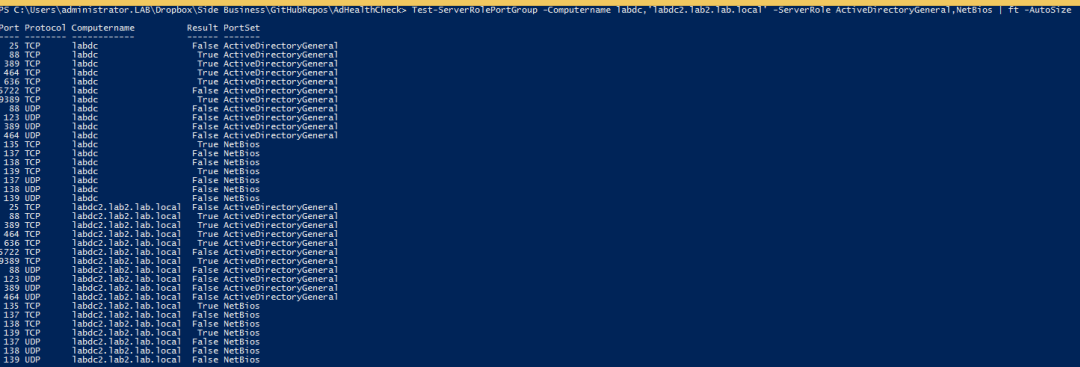Tuffiamoci in come creare uno strumento di test delle porte PowerShell che ti consente di testare le porte aperte per numero di porta e etichetta.
Per creare uno script robusto che non crollerà e morirà su metà dei tuoi server, è importante assicurarsi prima che siano soddisfatti i prerequisiti necessari per ottenere il risultato finale.
Quali sono questi prerequisiti? I prerequisiti sono servizi come FTP, HTTP, DCOM, WMI, WSMAN, ecc. La connessione che stai cercando di stabilire con un server dipende tipicamente da servizi come questi.
Esiste una gerarchia di diversi livelli di controlli che puoi eseguire sui tuoi server prima di tentare di stabilire una connessione, a seconda di quanto dettagliato desideri essere.
Per cominciare, hai l’intero stack OSI da attraversare sul lato di rete. Questo non include i servizi sul sistema host da cui stai eseguendo lo script e tutto il resto sul sistema host remoto.
Uno dei primi test che devi eseguire quando interroghi un server remoto è verificare che le porte di rete appropriate siano aperte e accessibili. A seconda dei servizi in esecuzione sul server remoto, dipende dalle porte che devi interrogare.
I always used to either not even attempting to test port connections or fumbling around with finding that latest Test-Port script I had scavenged somewhere. Once I found it to figure out what ports I actually needed to a test ahead of time. Today was the final straw.
I needed to query a set of domain controllers before running some CIM queries against them. I went about my normal fumbling around and decided enough was enough and sat down and built my own, fully featured port testing script.
Grazie a questo script Technet sono riuscito a creare un buon paio di funzioni PowerShell che non solo ti consentiranno di testare le porte TCP e UDP aperte, ma anche di testare gruppi di porte per ruolo del server. Non è più necessario cercare ogni volta su Google quali porte utilizza quale servizio!
Concesso, specialmente per Active Directory, le porte possono variare in base al sistema operativo del server, ai vari servizi su un controller di dominio, ecc. Sentiti libero di modificarli come necessario per il tuo ambiente.
Ecco uno screen host di un esempio di utilizzo:

Come puoi vedere, puoi specificare quanti server desideri e produrrà un bel elenco di oggetti suddivisi per gruppo di porte di servizio e la porta per ogni computer. Finora è stato molto utile! Spero che tu ne trai qualche vantaggio come ho fatto io!













